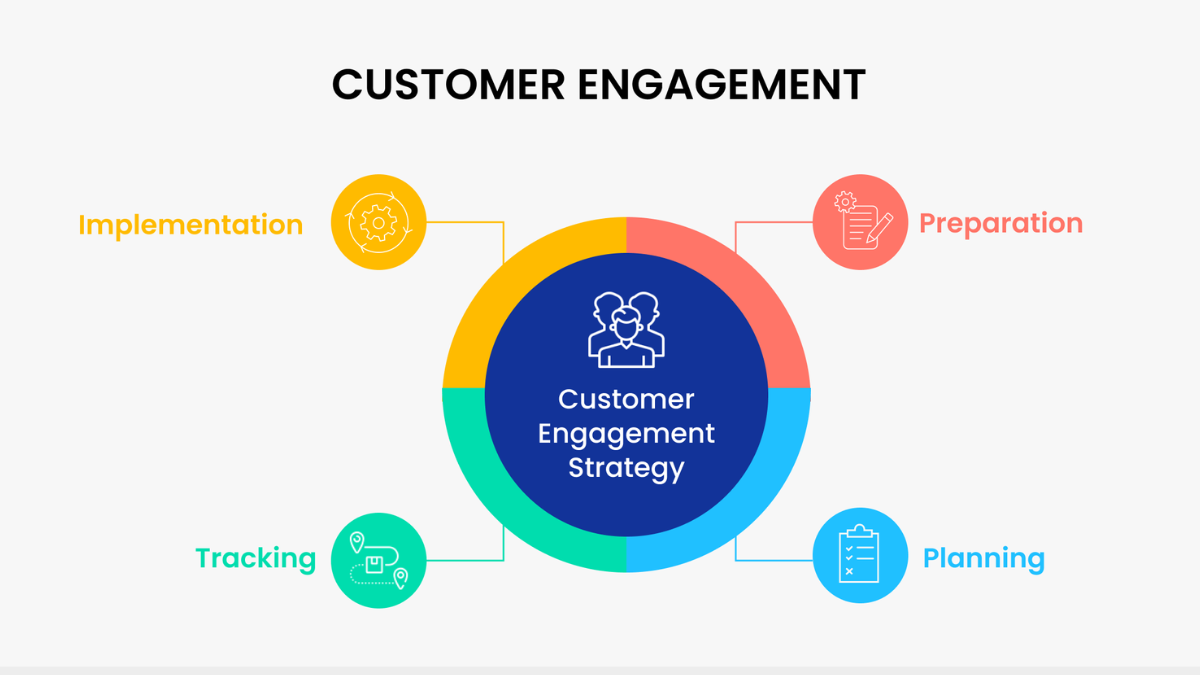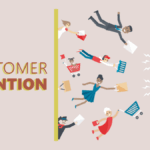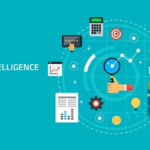Introduction
In today’s digital-first world, customers interact with businesses across multiple platforms—social media, email, websites, chat apps, phone calls, and more. Meeting customers where they are and ensuring consistent, meaningful communication across all touchpoints is crucial for modern businesses.
Effective multi-channel engagement isn’t just about being available; it’s about creating seamless, personalized experiences that make customers feel seen, heard, and valued. This article explores actionable tactics to boost customer engagement across channels and foster deeper relationships with your audience.
1. Understand Your Audience and Their Preferred Channels
Before improving engagement, you must know where your audience is most active. Some customers prefer emails, while others engage more through social media, messaging apps, or live chat.
Steps to identify preferences:
- Analyze customer behavior across platforms.
- Conduct surveys or feedback forms.
- Segment your audience based on engagement patterns.
When you understand your audience’s habits, you can focus your efforts on the right channels.
2. Create a Unified Communication Strategy
Fragmented messaging across channels can confuse customers and weaken brand trust. A unified strategy ensures a consistent tone, message, and brand personality—regardless of where the interaction happens.
Tips to unify communication:
- Use the same voice and tone in all messages.
- Maintain consistent branding (visuals, style, messaging).
- Synchronize updates and promotions across platforms.
A cohesive message builds recognition and strengthens customer relationships.
3. Personalize Every Interaction
Personalization goes beyond using the customer’s name. It’s about tailoring the content, recommendations, and experiences to each individual’s preferences and behaviors.
Effective personalization techniques:
- Use customer data to customize product recommendations.
- Tailor content based on past purchases or interactions.
- Send personalized follow-ups and thank-you messages.
Personalization shows that you understand your customers and value their unique needs.
4. Leverage Automation—But Keep It Human
Automation tools can improve response time and consistency, especially on high-volume channels like email or chat. However, over-automation can feel impersonal or robotic.
Balance automation with human touch:
- Automate simple, repetitive tasks (e.g., order confirmations, appointment reminders).
- Ensure seamless handover to a real human when needed.
- Use intelligent chatbots that offer natural, helpful responses.
Humanizing automation maintains a warm, engaging customer experience.
5. Optimize Each Channel for Engagement
Each platform has unique features and strengths. Tailoring your approach per channel increases impact.
Channel-specific engagement tips:
- Social media: Use interactive polls, live videos, and stories to spark real-time interaction.
- Email: Keep messages concise, visually appealing, and mobile-friendly with clear CTAs.
- Live chat: Ensure fast response times and use pre-written scripts for consistency.
- Phone support: Train reps to be empathetic, clear, and solution-oriented.
- Messaging apps: Offer quick support and transactional updates through WhatsApp, Messenger, etc.
Optimizing each platform ensures maximum reach and relevance.
6. Encourage Two-Way Communication
Engagement isn’t just about broadcasting messages—it’s about fostering conversations.
How to encourage dialogue:
- Ask for feedback and respond promptly.
- Run contests, surveys, and quizzes.
- Host Q&A sessions or live chats.
When customers feel heard and included, they’re more likely to stay engaged.
7. Maintain Timely and Consistent Follow-Ups
A timely follow-up after a purchase, support interaction, or inquiry shows professionalism and care.
Follow-up examples:
- Post-purchase thank-you emails.
- Service satisfaction surveys.
- Special offers for returning customers.
Consistent communication helps nurture trust and builds long-term relationships.
8. Monitor and Analyze Channel Performance
To improve engagement, you must regularly evaluate what’s working and what isn’t.
Key performance indicators (KPIs) to track:
- Open and click-through rates (email)
- Response and resolution time (chat and support)
- Engagement rate (social media)
- Customer satisfaction scores
- Retention and churn rates
Use insights to refine your strategies and reallocate efforts where they matter most.
9. Train Your Team for Omnichannel Excellence
Everyone involved in customer communication must understand how to engage effectively across all touchpoints.
Team training essentials:
- Clear communication guidelines for each channel
- Tone of voice and response style consistency
- Cross-platform support systems for knowledge sharing
Well-prepared teams can deliver seamless experiences, regardless of platform.
10. Continuously Innovate and Experiment
Engagement tactics must evolve alongside customer expectations and technology. Stay agile and open to testing new approaches.
Ideas to explore:
- Interactive content like polls, videos, or games
- Personalized offers based on real-time behavior
- Voice assistants and smart device integration
- Community forums or exclusive membership groups
Innovation keeps your brand relevant and exciting to engage with.
Conclusion
Customer engagement across multiple channels is no longer optional—it’s essential for modern businesses that want to grow and build loyalty. By understanding your audience, personalizing communication, optimizing each platform, and committing to consistent improvement, you can create experiences that customers genuinely enjoy and remember.
Engaged customers are not just buyers—they’re advocates who fuel long-term success.
Frequently Asked Questions (FAQs)
Q1: Why is multi-channel engagement important?
A: It allows you to meet customers where they are and deliver a consistent, personalized experience across all touchpoints, improving satisfaction and loyalty.
Q2: How can I measure customer engagement effectively?
A: Track metrics like click-through rates, time spent on pages, response rates, customer feedback, and conversion rates across each platform.
Q3: How often should I communicate with customers on different channels?
A: It depends on the channel and your industry. The key is to be consistent without overwhelming them—balance frequency with value.
Q4: What’s the difference between omnichannel and multichannel engagement?
A: Multichannel means using multiple platforms. Omnichannel ensures these platforms are integrated and provide a seamless experience across all customer interactions.
Q5: What role does personalization play in engagement?
A: Personalization makes communication more relevant, builds trust, and increases the chances of positive responses and customer retention.



